Home>Others>Specialized Home Improvement Topics>How To Remove Acid Rain Stains From Car Windows
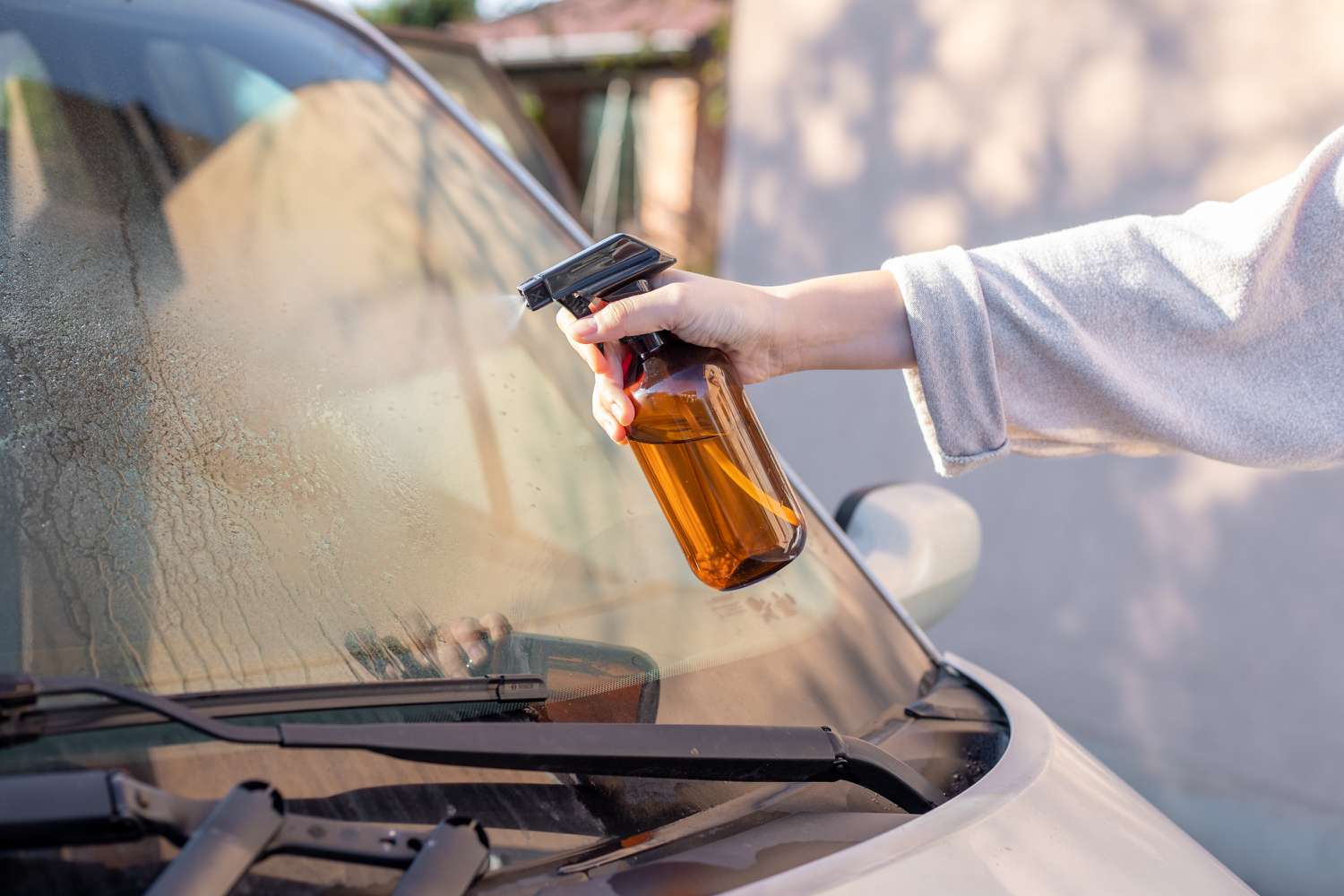

Specialized Home Improvement Topics
How To Remove Acid Rain Stains From Car Windows
Modified: February 14, 2024
Learn effective methods for removing acid rain stains from car windows. Discover specialized home improvement tips to restore your vehicle's clarity and shine.
(Many of the links in this article redirect to a specific reviewed product. Your purchase of these products through affiliate links helps to generate commission for Storables.com, at no extra cost. Learn more)
Introduction
When you look out of your car window and notice unsightly streaks and spots, it's not just a matter of appearance. Those marks are the result of a natural phenomenon with potentially damaging effects: acid rain. Acid rain occurs when pollutants in the atmosphere, such as sulfur dioxide and nitrogen oxides, react with water molecules, forming acidic compounds that fall to the earth in the form of rain, snow, fog, or even dust. These acidic compounds can leave stubborn stains on your car windows, affecting visibility and potentially causing long-term damage if left untreated.
Understanding the nature of acid rain stains and how to effectively remove them is crucial for maintaining the clarity and integrity of your car windows. This comprehensive guide will equip you with the knowledge and techniques necessary to tackle acid rain stains head-on. From identifying the materials needed to providing a step-by-step removal process, this article will empower you to restore your car windows to their pristine condition. Additionally, we'll explore preventive measures to safeguard your car against future acid rain stains, ensuring that you can enjoy clear, unobstructed views on every journey.
Join us as we delve into the world of acid rain stains and discover the solutions to keep your car windows sparkling clean and free from the damaging effects of this environmental phenomenon. Let's embark on this journey to preserve the clarity and beauty of your car windows, ensuring a safe and enjoyable driving experience for years to come.
Key Takeaways:
- Protect your car windows from acid rain stains by using a vinegar and water solution, gentle agitation, and thorough rinsing. Prevent future stains with regular cleaning, protective coatings, and environmental awareness.
- Safeguard your car windows from acid rain stains with proactive measures like garage parking, windshield maintenance, and timely repairs. Restore clarity with a vinegar and water cleaning solution and a high-quality glass cleaner.
Read more: How To Defog Car Windows In Rain?
Understanding Acid Rain Stains
Acid rain stains are the visible remnants of acidic compounds that have adhered to the surface of car windows. The acidic nature of these compounds can cause chemical reactions with the glass, leading to the formation of stubborn stains that mar the clarity and aesthetics of the windows. These stains are often characterized by streaks, spots, or a cloudy appearance, which can compromise visibility and detract from the overall appeal of the vehicle.
It’s essential to recognize the potential impact of acid rain stains beyond their cosmetic implications. If left untreated, these stains can etch into the glass, causing permanent damage that necessitates costly repairs or replacements. Furthermore, prolonged exposure to acidic compounds can weaken the structural integrity of the glass, posing safety risks for drivers and passengers.
One of the primary culprits behind acid rain stains is sulfur dioxide, a byproduct of industrial processes and vehicle emissions. When sulfur dioxide combines with moisture in the atmosphere, it forms sulfuric acid, a corrosive substance that can adhere to car windows and create persistent stains. Additionally, nitrogen oxides, another group of pollutants, can contribute to the formation of nitric acid when reacting with atmospheric moisture, further exacerbating the issue of acid rain stains.
Understanding the composition and effects of acid rain stains underscores the importance of proactive stain removal and preventive measures. By gaining insight into the nature of these stains, you’ll be better equipped to address them effectively and protect your car windows from the detrimental consequences of prolonged exposure to acidic compounds.
Materials Needed
Before embarking on the task of removing acid rain stains from your car windows, it’s essential to gather the necessary materials to ensure a successful and efficient cleaning process. Equipping yourself with the right tools and products will enable you to tackle the stains effectively while safeguarding the integrity of the glass surfaces. Here’s a comprehensive list of materials needed for the stain removal process:
- Vinegar: White vinegar serves as a potent natural cleanser, capable of breaking down acidic residues and restoring the clarity of car windows.
- Water: Clean water is essential for diluting cleaning solutions and rinsing off the treated areas, ensuring thorough removal of stains.
- Microfiber Cloth: Utilize soft, lint-free microfiber cloths to apply cleaning solutions and gently wipe the glass surfaces, minimizing the risk of scratches or streaks.
- Glass Cleaner: Opt for a high-quality, ammonia-free glass cleaner to provide a streak-free finish and enhance the overall cleanliness of the windows.
- Plastic or Rubber Gloves: Protect your hands from exposure to cleaning solutions and acidic residues by wearing gloves during the stain removal process.
- Bucket: A bucket will be useful for preparing cleaning solutions and facilitating the rinsing process, ensuring systematic and efficient stain removal.
- Soft Bristle Brush: Use a gentle, non-abrasive brush to agitate the cleaning solution on the glass surfaces, aiding in the removal of stubborn stains without causing damage.
- Protective Eyewear: Consider wearing protective eyewear to shield your eyes from potential splashes and fumes associated with cleaning solutions.
- Protective Tarp or Cloth: Lay down a protective tarp or cloth to shield the surrounding areas of the car from overspray and drips during the cleaning process.
By assembling these essential materials, you’ll be well-prepared to address acid rain stains on your car windows with confidence and precision. The combination of effective cleaning agents, gentle applicators, and protective gear will facilitate a thorough and safe stain removal experience, restoring the pristine appearance and functionality of your car’s windows.
Mix equal parts white vinegar and water, then apply to the stained area and let it sit for a few minutes. Use a clean cloth to wipe away the solution, then rinse with water and dry the window thoroughly.
Step-by-Step Guide to Remove Acid Rain Stains
Removing acid rain stains from car windows requires a systematic approach and the application of appropriate cleaning techniques. By following this step-by-step guide, you can effectively eliminate stubborn stains and restore the clarity of your windows, enhancing both the aesthetics and functionality of your vehicle.
- Prepare the Cleaning Solution: In a bucket, mix equal parts of white vinegar and water to create a potent yet safe cleaning solution. The acidic properties of vinegar make it effective in dissolving and neutralizing the alkaline nature of acid rain stains.
- Protective Measures: Put on plastic or rubber gloves to shield your hands from the cleaning solution and wear protective eyewear to safeguard your eyes from potential splashes.
- Apply the Cleaning Solution: Dip a soft bristle brush or a microfiber cloth into the vinegar and water solution, then gently apply it to the affected areas of the car windows. Ensure thorough coverage of the stains while avoiding excessive saturation of the glass surfaces.
- Agitate the Stains: Use the soft bristle brush to gently agitate the cleaning solution on the stained areas, facilitating the breakdown and removal of acidic residues. Avoid using abrasive materials that may scratch the glass.
- Rinse the Windows: After allowing the cleaning solution to sit for a few minutes, thoroughly rinse the windows with clean water to remove the dissolved stains and residual vinegar solution. Use a gentle stream of water to ensure complete rinsing.
- Dry and Inspect: Wipe the windows dry with a clean microfiber cloth, inspecting the surfaces for any remaining stains. Repeat the cleaning process if necessary to achieve optimal results.
- Final Touches: Once the windows are clean and dry, apply a high-quality, ammonia-free glass cleaner to achieve a streak-free finish and enhance the overall clarity of the glass.
By meticulously following these steps, you can effectively remove acid rain stains from your car windows, restoring their pristine appearance and ensuring optimal visibility while driving. The combination of a potent cleaning solution, gentle agitation, thorough rinsing, and meticulous drying will yield impressive results, allowing you to enjoy clear and unobstructed views through your car windows.
Preventing Acid Rain Stains
While effectively removing existing acid rain stains from car windows is crucial, implementing preventive measures can help mitigate the risk of future staining and preserve the pristine condition of the glass surfaces. By adopting proactive strategies, you can safeguard your vehicle against the detrimental effects of acidic compounds and maintain the clarity and aesthetics of your car windows. Here are key preventive measures to prevent acid rain stains:
- Regular Cleaning Routine: Establish a consistent cleaning schedule for your car windows, ensuring that any accumulated environmental residues, including acidic compounds, are promptly removed before they have the chance to cause stubborn stains.
- Protective Coating: Consider applying a specialized protective coating or sealant to the car windows, creating a barrier that repels acidic residues and minimizes the adherence of pollutants that contribute to acid rain stains.
- Garage or Covered Parking: Whenever possible, park your vehicle in a garage or under a covered structure to shield it from direct exposure to rain, especially during periods of heightened atmospheric pollution that may lead to increased acid rain formation.
- Environmental Awareness: Stay informed about local environmental conditions and pollution levels, allowing you to take proactive measures, such as preemptive cleaning, when the risk of acid rain is elevated.
- Use of Windshield Wipers and Washer Fluid: Regularly maintain and utilize windshield wipers and washer fluid to swiftly remove rainwater and potential acidic residues from the car windows, preventing the prolonged accumulation of staining agents.
- Timely Repairs: Address any damage to the car’s exterior, such as chipped or cracked glass, promptly to prevent the infiltration of acidic compounds and minimize the risk of stains caused by compromised surfaces.
By integrating these preventive measures into your car maintenance routine, you can proactively shield your vehicle from the adverse effects of acid rain stains, preserving the visual appeal and structural integrity of the windows. Additionally, these strategies contribute to a comprehensive approach to caring for your car, ensuring that it remains in optimal condition amidst varying environmental challenges.
Read more: How To Remove Stains From A Car Carpet
Conclusion
As we conclude our exploration of removing and preventing acid rain stains from car windows, it’s evident that these environmental residues pose a persistent challenge to the clarity and aesthetics of vehicle glass surfaces. By understanding the nature of acid rain stains and equipping ourselves with the necessary materials and techniques, we can effectively address existing stains and implement preventive measures to minimize their recurrence.
Through the utilization of a simple yet potent vinegar and water cleaning solution, coupled with gentle agitation and thorough rinsing, we can successfully eliminate stubborn acid rain stains, restoring the windows to their pristine state. Additionally, the application of protective coatings, regular cleaning routines, and environmental awareness empowers us to shield our vehicles from the damaging effects of acidic compounds, preserving the visual appeal and functionality of the windows.
By embracing these strategies, we not only maintain the aesthetic integrity of our vehicles but also contribute to their long-term durability and safety. Clear, unobstructed windows enhance visibility while driving, promoting a safer and more enjoyable experience for both drivers and passengers. Furthermore, the proactive approach to preventing acid rain stains aligns with the broader goal of responsible car maintenance, ensuring that our vehicles remain in optimal condition amidst varying environmental challenges.
As we navigate the dynamic interplay between environmental factors and vehicle maintenance, the knowledge and techniques shared in this guide empower us to overcome the persistent challenge of acid rain stains, fostering a renewed appreciation for the clarity and beauty of our car windows. By taking proactive steps and leveraging effective cleaning methods, we can confidently address and prevent acid rain stains, preserving the pristine condition of our vehicles and enhancing the overall driving experience.
Let’s embark on this journey with a commitment to proactive car care, ensuring that our windows remain free from the detrimental effects of acid rain stains, allowing us to enjoy unobstructed views and a heightened sense of pride in our well-maintained vehicles.
Frequently Asked Questions about How To Remove Acid Rain Stains From Car Windows
Was this page helpful?
At Storables.com, we guarantee accurate and reliable information. Our content, validated by Expert Board Contributors, is crafted following stringent Editorial Policies. We're committed to providing you with well-researched, expert-backed insights for all your informational needs.
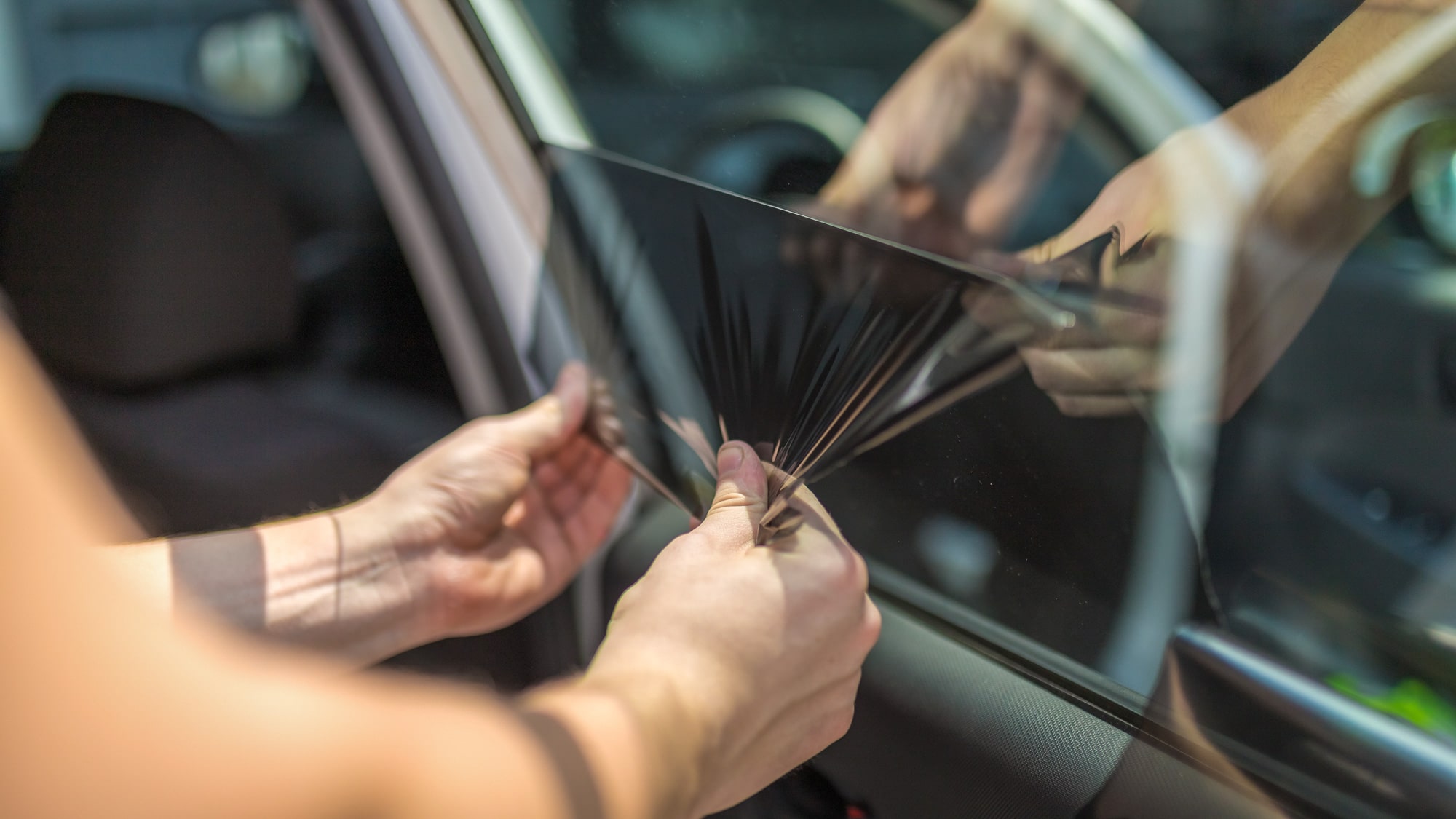
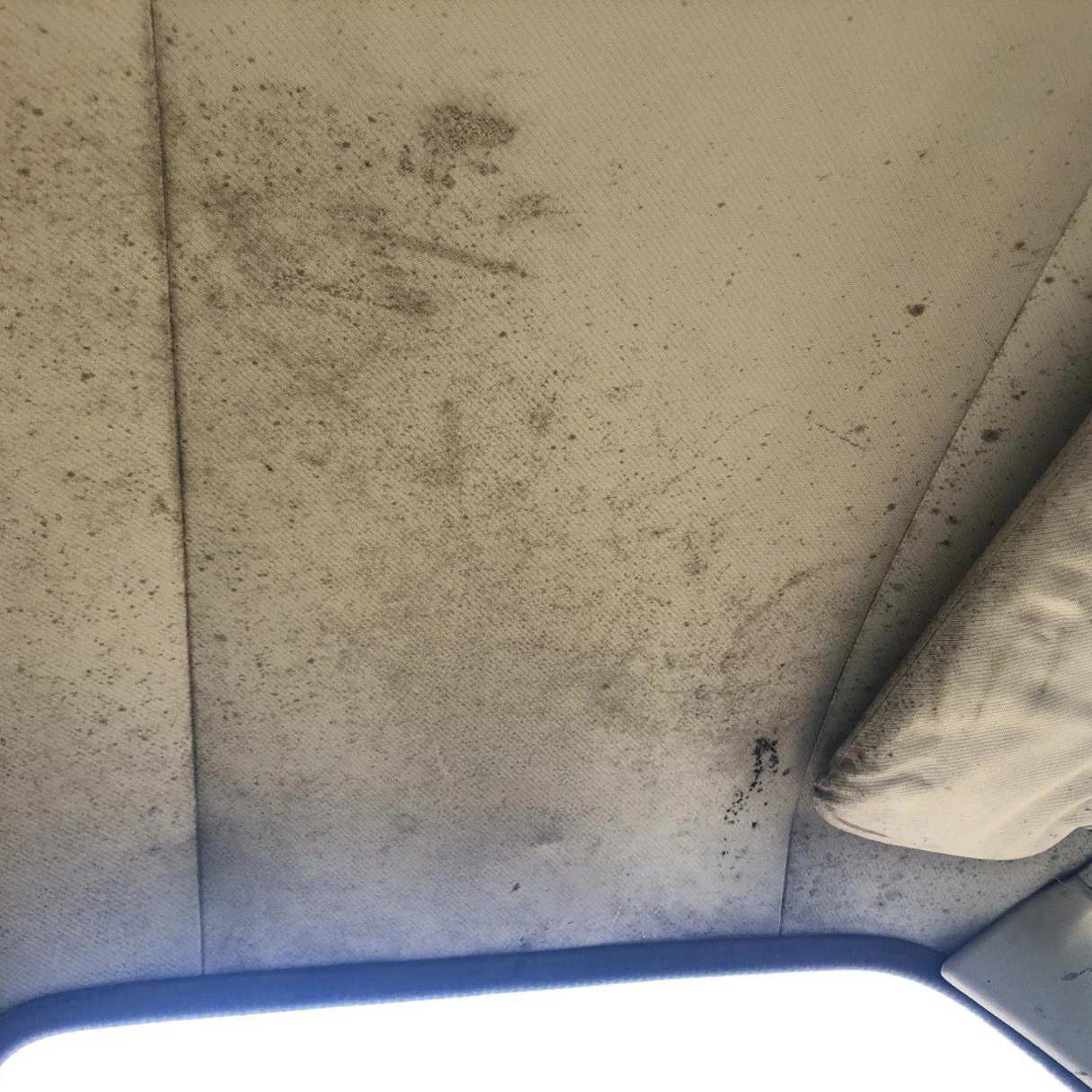
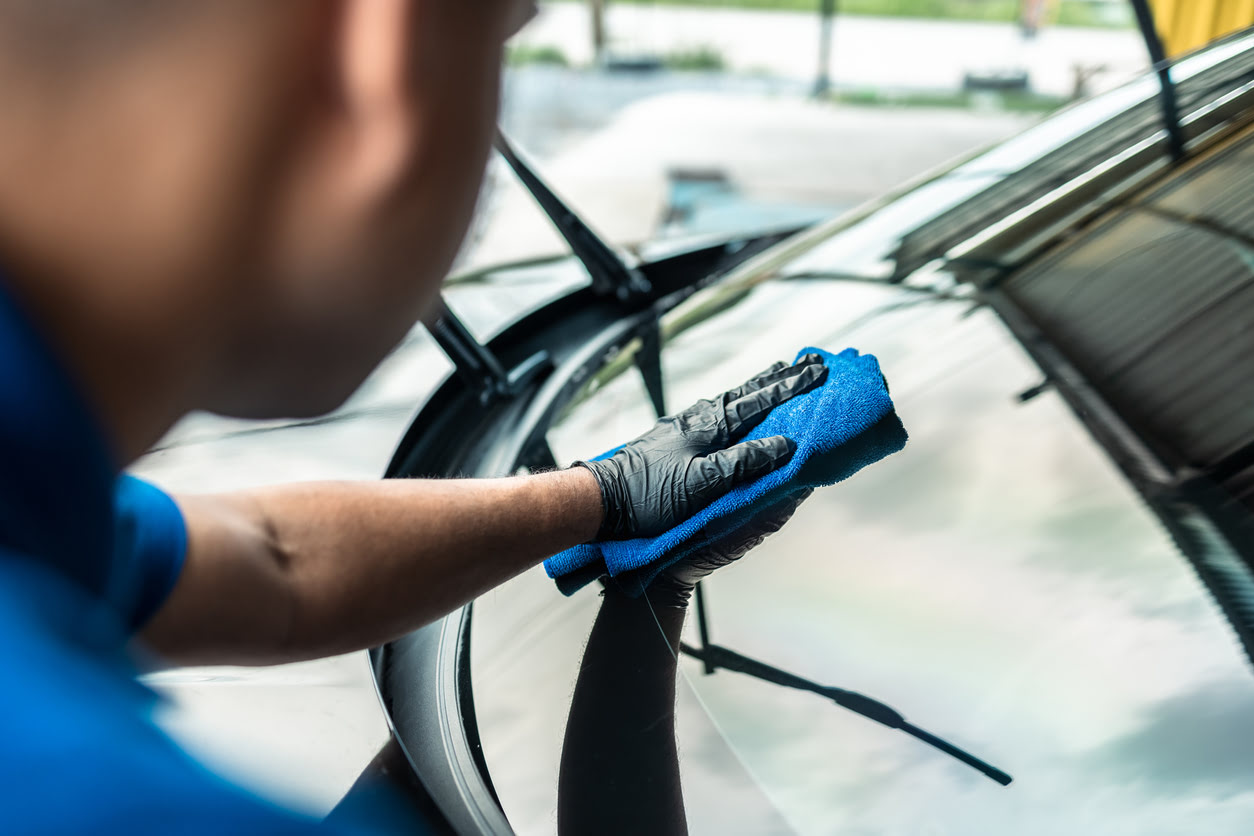

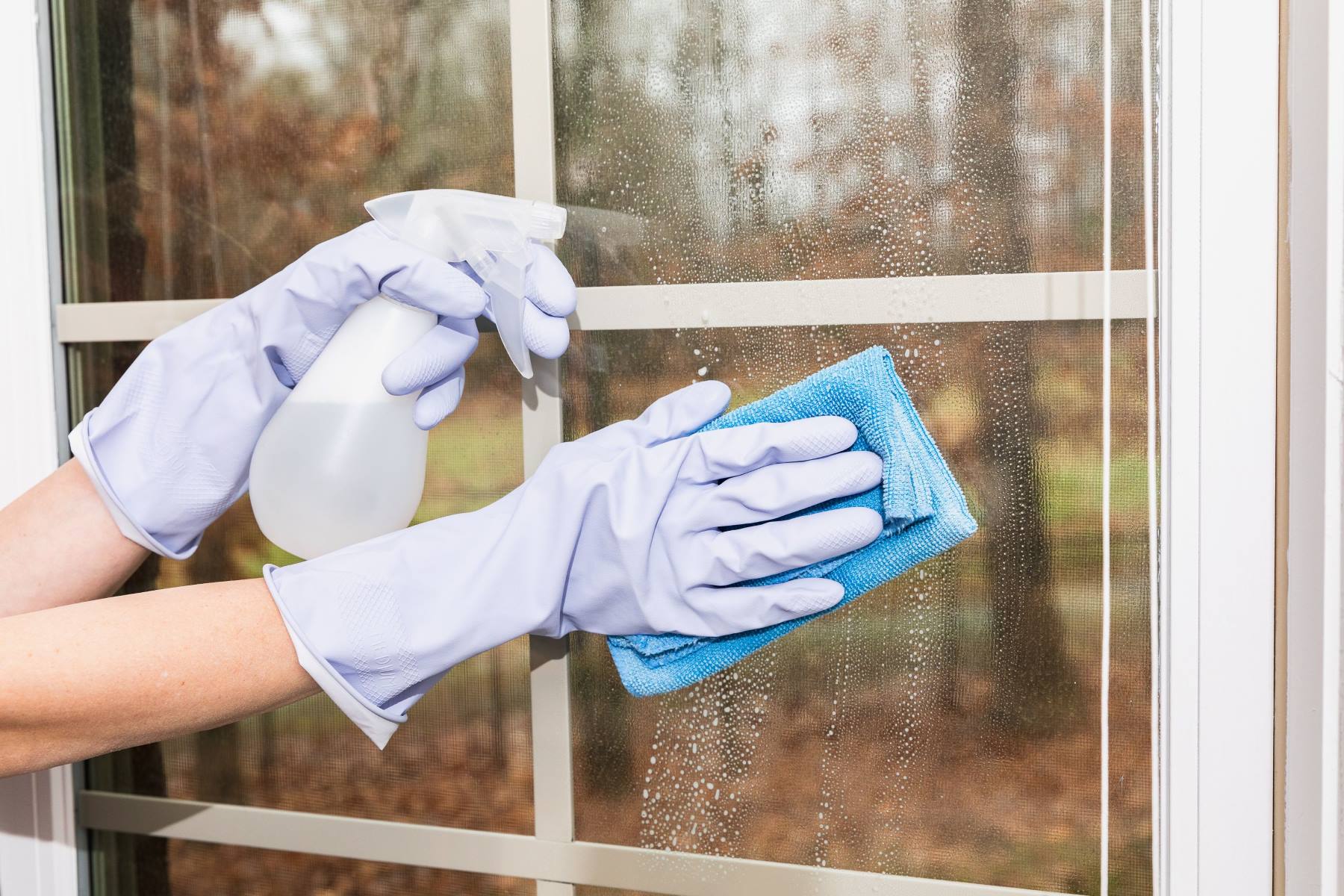


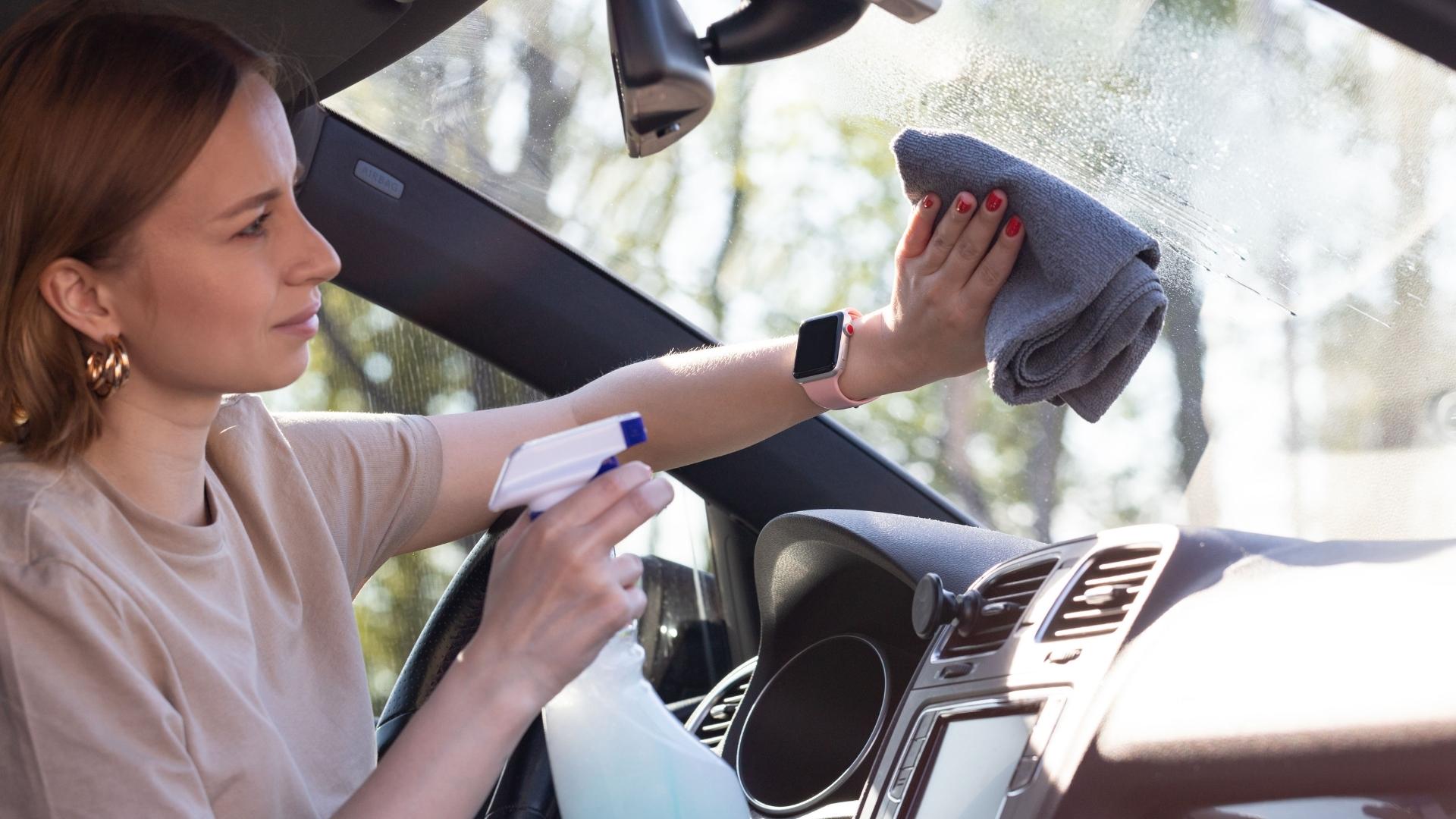

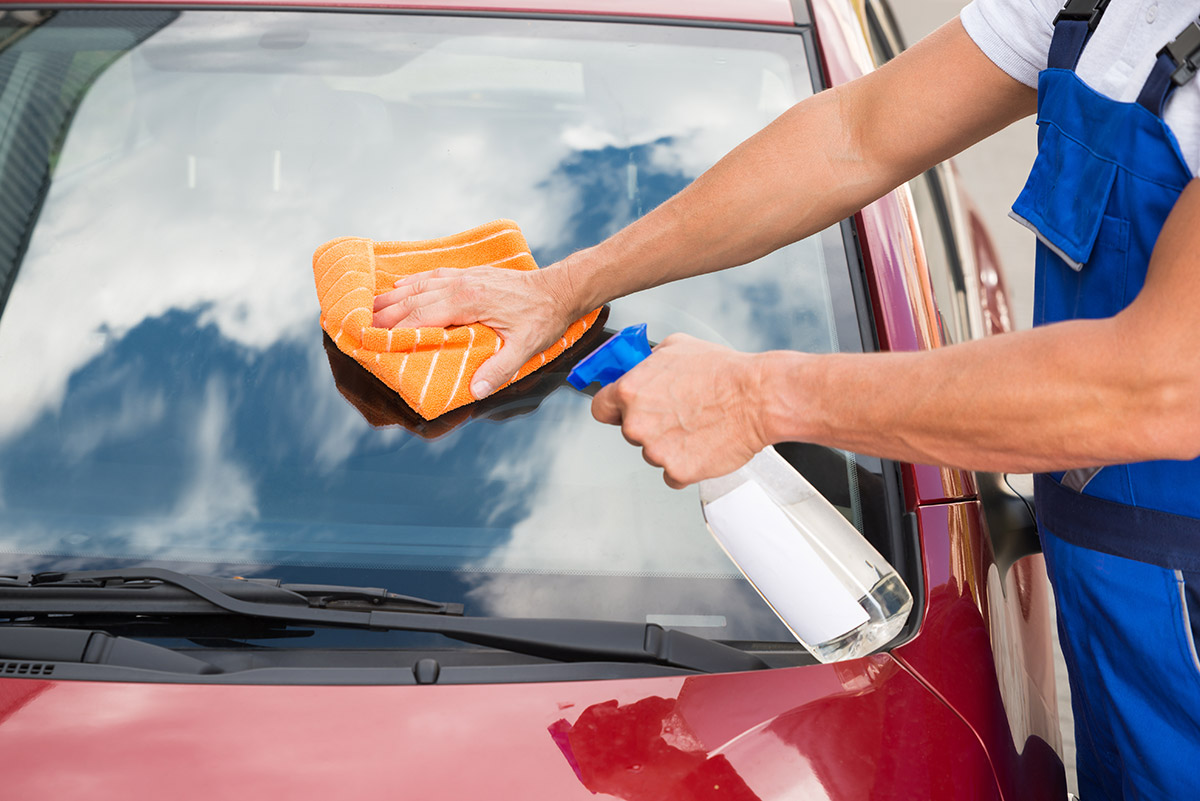
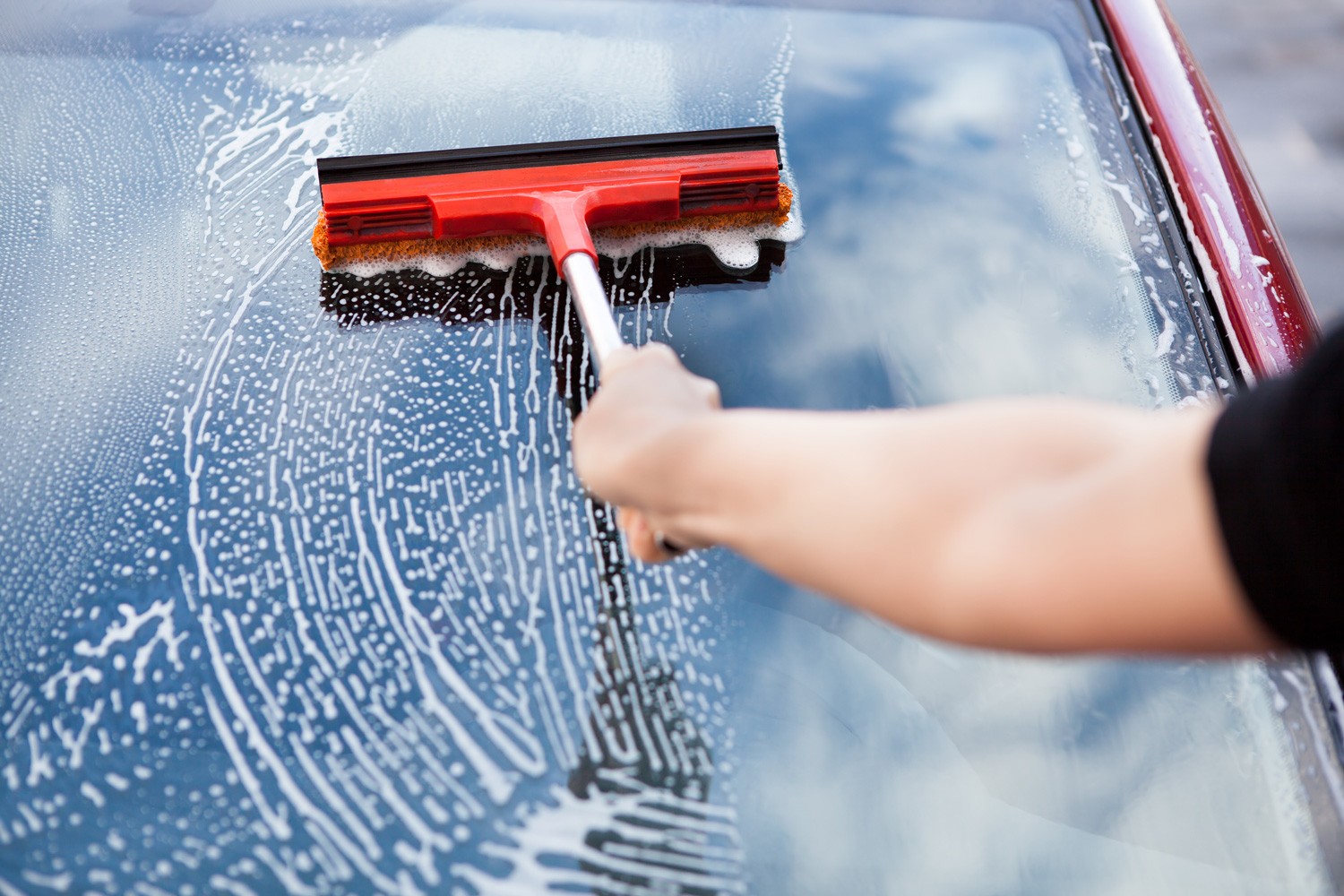
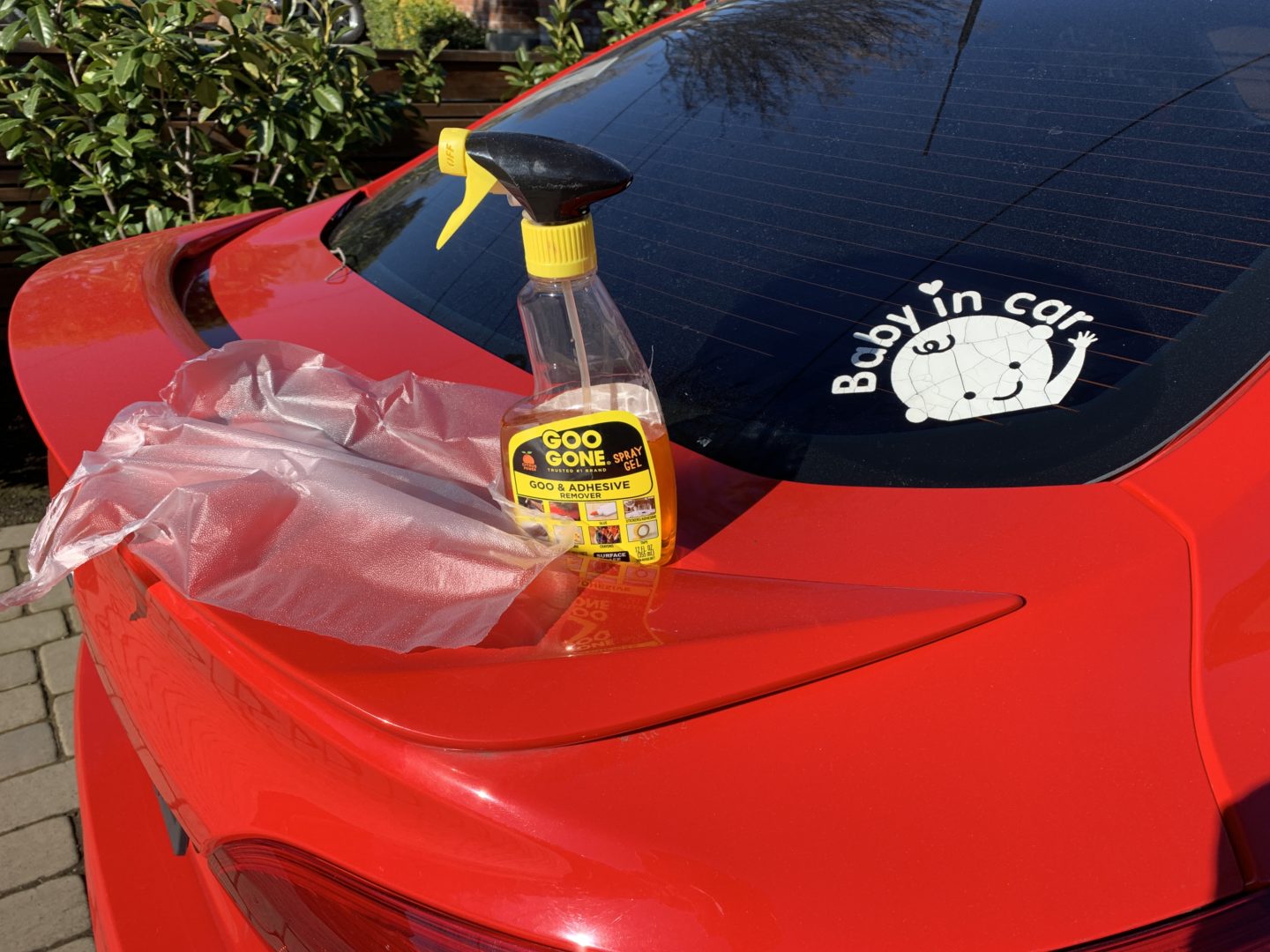



0 thoughts on “How To Remove Acid Rain Stains From Car Windows”